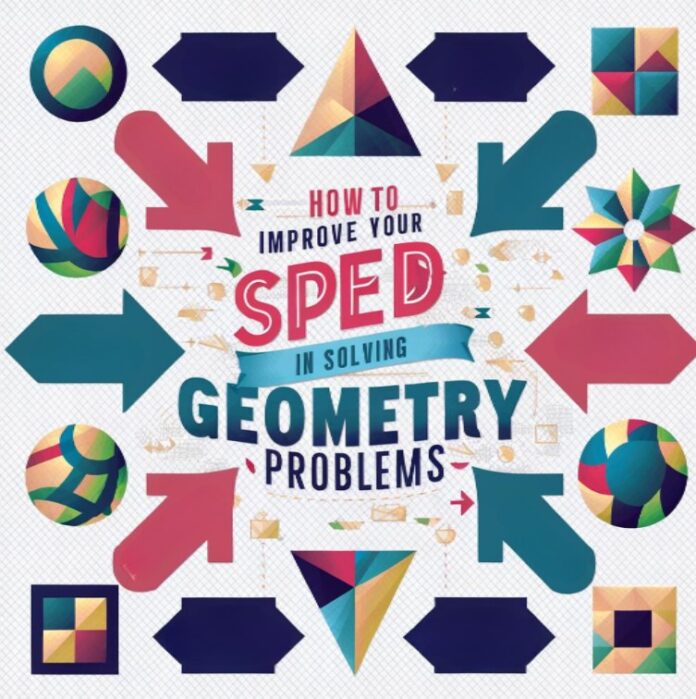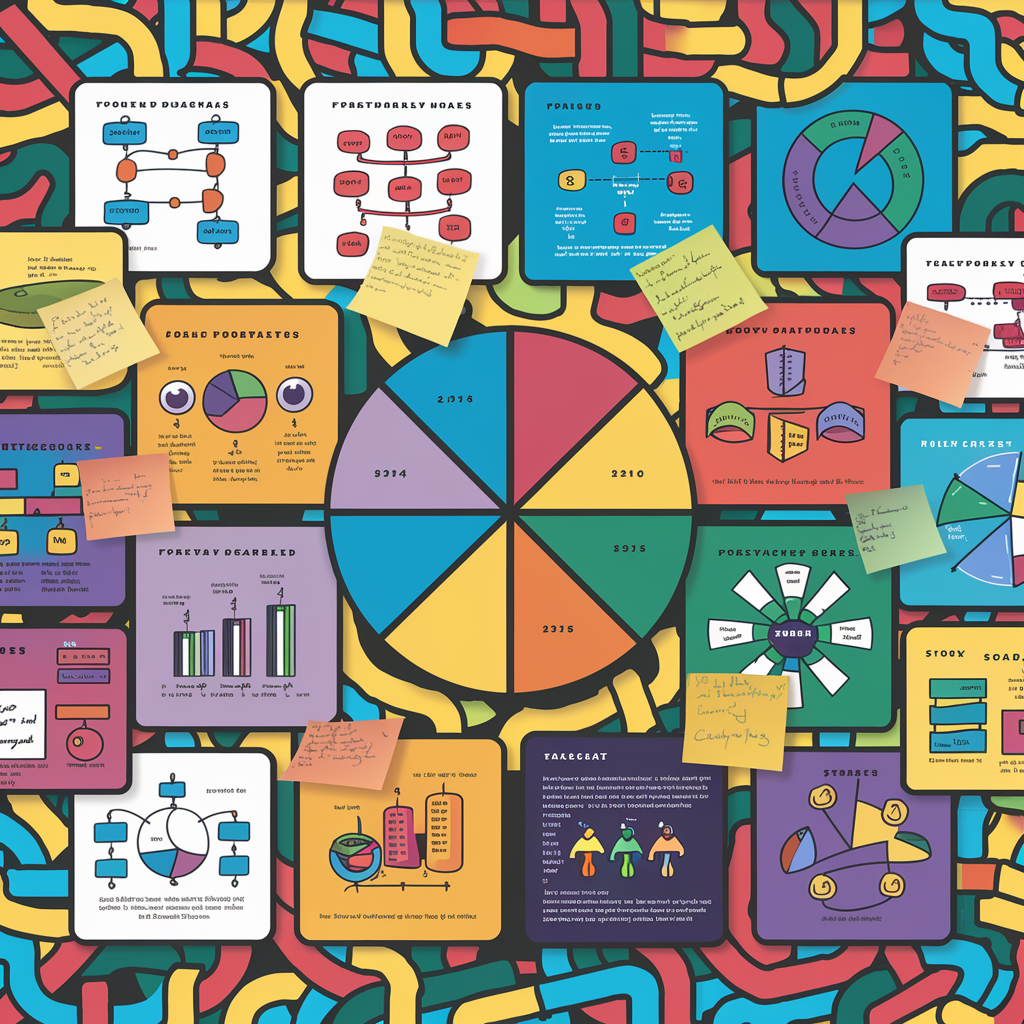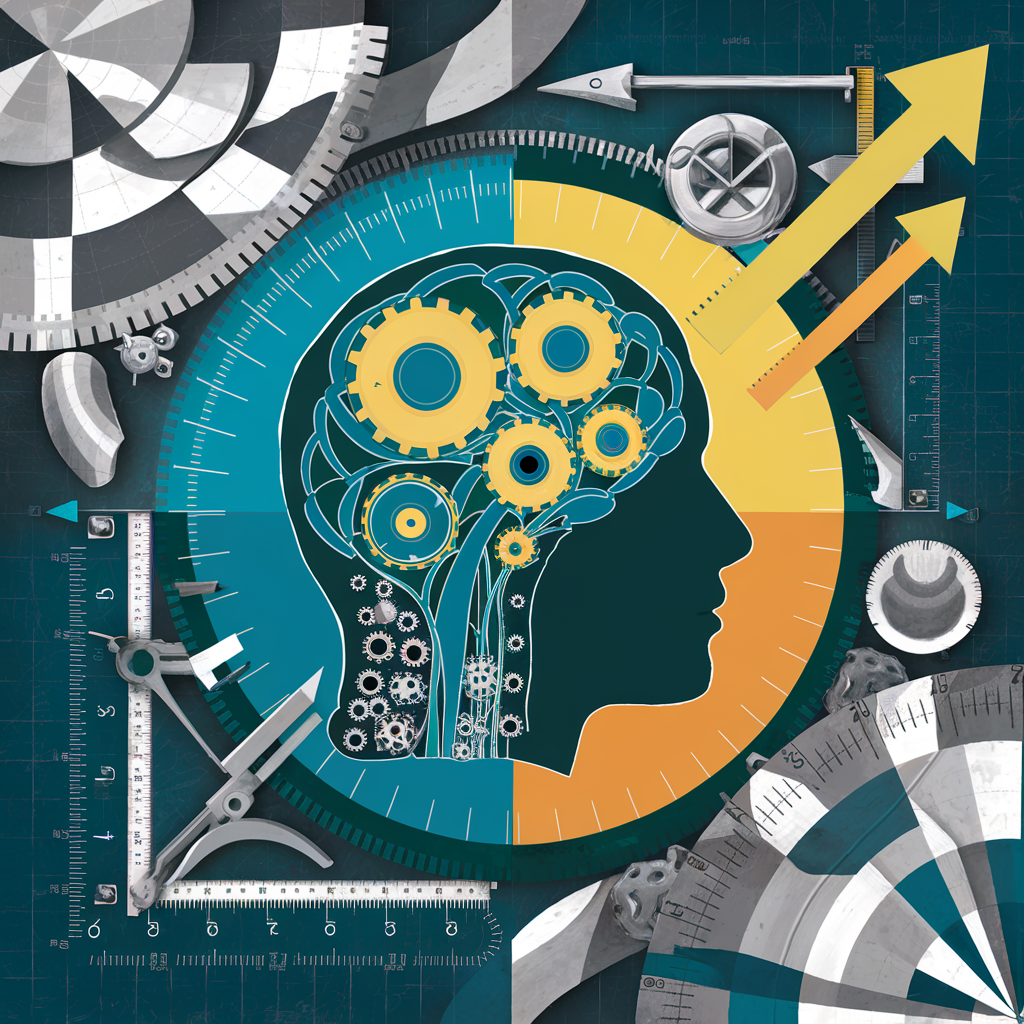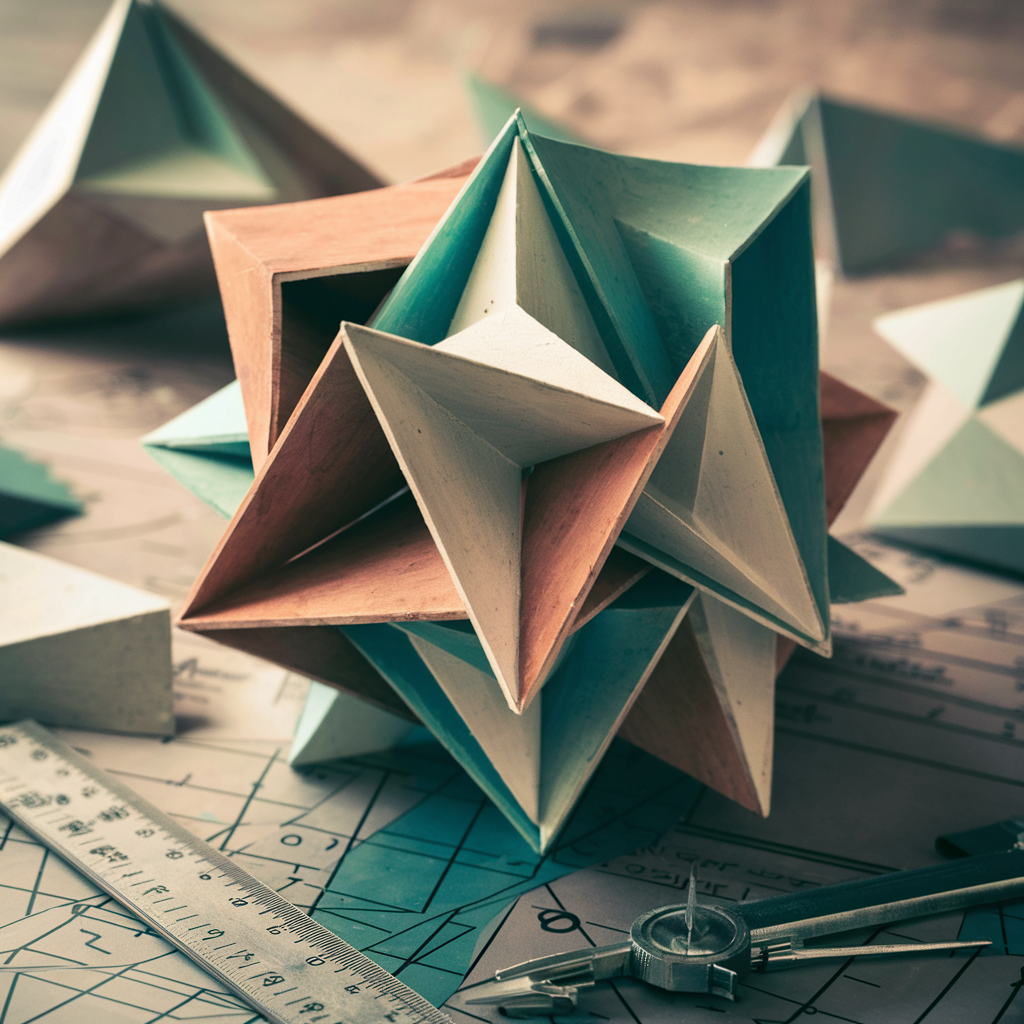Improving your speed in solving geometry problems doesn’t just help you ace tests—it sharpens your analytical skills, enhances your spatial reasoning, and makes math a lot more fun. Whether you’re a student looking to boost your grades or an adult revisiting mathematics, the journey to becoming quicker and more efficient in geometry is worth the effort. Here, we’ll explore various strategies and insights to help you solve geometry problems with greater speed and accuracy.
Visual Learning: Diagrams Are Your Friends
Geometry is uniquely visual among mathematical fields in online education. Make it a habit to draw clear, accurate diagrams for each problem. This practice not only helps in better understanding and organizing information but also in spotting relationships and geometrical properties swiftly. Even when diagrams are provided, sketching them out yourself can aid in internalizing the problem’s details and can guide you to the solution more quickly.
Practice Strategic Problem Solving
Improving speed isn’t just about working faster; it’s also about working smarter. Develop a strategy for approaching geometry problems. Start by identifying what you know and what you need to find out. Then, decide which principles and theorems are applicable. This approach prevents you from diving too deep into unnecessary calculations and helps streamline your thought process.
Memorize Key Formulas and Theorems
Having key formulas and theorems at your fingertips can drastically cut down your problem-solving time. Invest time in memorizing important geometry formulas, such as those for calculating the area, perimeter, and volume of different shapes, as well as the Pythagorean theorem and properties of parallel and perpendicular lines. Flashcards, mnemonic devices, and regular review sessions can be very effective for memorization.
Develop a Problem-Solving Routine
Establish a routine that you follow for each geometry problem. This might include reading the problem thoroughly, drawing a diagram, labeling all given values, applying relevant formulas, and double-checking your work. A consistent approach not only speeds up your process by making it more automatic but also reduces the chances of errors.
Tackle Time with Timed Practice
To specifically improve speed, incorporate timed practice sessions into your study routine. Set a timer and work through a set of problems. This helps build your ability to work accurately under pressure. Gradually reduce the time as you get more comfortable with the problems. Reflect on each session, noting which types of problems slowed you down and why.
Use Technology Wisely
There are numerous tools and apps available that are designed to help with learning geometry. Software that allows you to manipulate figures dynamically, for example, can help you see the effects of transformations and understand the properties of different shapes more intuitively. Just be mindful not to become overly reliant on technology for solving problems—it should complement your learning, not replace the foundational skills.
Engage with Others
Learning in isolation can be slow and sometimes unproductive. Engage with peers, join study groups, or participate in online forums. Explaining your thought process to others can clarify your own understanding and expose you to different solving techniques. Likewise, tackling challenging problems together can be a great way to learn faster and more effectively.
Stay Curious and Keep Learning
The field of geometry, like all areas of mathematics, is vast and filled with fascinating concepts and problems. Cultivate a sense of curiosity about the subject. Explore beyond your syllabus or typical textbook problems. The more interested and engaged you are with the material, the quicker you will understand and process new information.
Regularly Review and Reflect
Regular review is crucial in mathematics. Go back to older problems and try to solve them faster. Reflect on what methods or tricks worked best and where you got stuck. This review not only reinforces your learning but also highlights areas that need more attention.
Handle Frustrations Gracefully
Improving speed in solving geometry problems is a gradual process, often filled with setbacks and frustrations. Understand that mistakes are part of learning. When you encounter difficulties, take a break, revisit the basics, or ask for help. Staying positive and persistent is key to improvement.
Focus on Error Analysis
A powerful tool in improving your speed and accuracy in geometry is the thorough analysis of errors. Whenever you make a mistake, take the time to understand exactly where and why the error occurred. Was it due to a misunderstanding of a concept, a careless mistake in calculation, or a misinterpretation of the problem? Identifying patterns in your mistakes can pinpoint areas where you need more practice or conceptual understanding.
Integrate Real-Life Applications
Geometry is not just an abstract branch of mathematics; it has real-world applications that can help solidify your understanding and interest. Look for geometry in architecture, art, engineering, and nature. Understanding how geometric principles apply in the real world can make the subject more tangible and engaging, which in turn can improve your speed in solving problems as you become more familiar with the concepts in a practical context.
Leverage Competitive Solving
Participating in math competitions or solving competitive level problems can significantly enhance your speed and problem-solving skills. These problems often require you to think out of the box and apply geometric concepts in innovative ways. Even if you do not compete, working through these problems can provide excellent practice and expose you to a variety of problem-solving techniques.
Break Down Complex Problems
When faced with a particularly complex geometry problem, break it down into smaller, more manageable parts. This technique not only makes the problem seem less daunting but also allows you to focus on solving one piece at a time, which can be faster than trying to solve the whole problem in one go. As you practice this method, you’ll get better at quickly identifying how to segment problems and solve them more efficiently.
Enhance Your Spatial Visualization
Geometry heavily relies on spatial visualization skills, which allow you to understand and manipulate shapes in your mind. Improving these skills can greatly increase your speed in solving geometry problems. Practice by imagining how shapes look when rotated, reflected, or transformed. Use puzzles and games, like tangrams or 3D modeling software, to further hone your visualization skills.
Simplify Your Solutions
As you become more proficient in geometry, you’ll learn that simpler solutions are often possible. Strive to find the most straightforward path to solve a problem. This might mean recognizing a familiar pattern, applying a simpler formula, or reworking the problem setup. Simplifying solutions not only saves time but also reduces the potential for mistakes.












